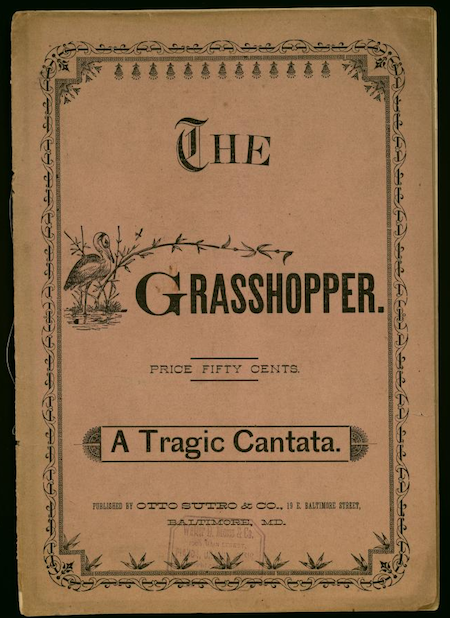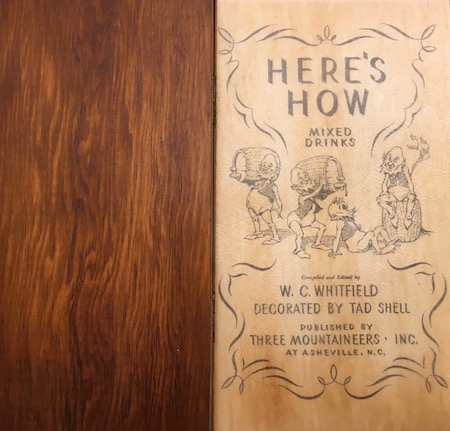Returning for another edition of the newly resurrected Friday Random 5, here’s what’s on my personal music channel this morning:
- Disorder – Joy Division (Unknown Pleasures). Great start to an undercaffeinated Friday morning. There’s something about the starkness of this early Joy Division song: the extremely dry studio production, the guitar all fifths and fourths, the great Peter Hook bass line moving frenetically around the guitar in sixths, and the way the song completely comes apart with Ian Curtis’s frantic “I got the spirit.” I could listen to this song all day. And have.
- Grandma Brackbill Dec. 1978 w/Ralph Homsher (track 4). This is an odd one, but a cool one. It’s an interview with my great-grandmother Esta Leaman Brackbill when she was 91 years old, conducted by my great-uncle Ralph, that our family recently digitized. Not a lot of revelations, but a fun retelling of the story of the man who got drunk and tried to burn down Uncle Frank Leaman’s barn and was caught on the porch of my great-grandmother’s house while she and the other children were inside and their parents were off somewhere. Good stuff.
- I Will Be There – Van Morrison (Saint Dominic’s Preview). I went deep down the rabbit hole on Van Morrison a few years ago (ten? geez) on discovering Astral Weeks, and picked up this album and a few others. Of course, nothing else is like Astral Weeks, but Van doing traditional blues is fantastic, even with the tossed off line “Gonna grab my suitcase, and my toothbrush, and my overcoat, and my underwear”!
- Pieces of Sky – Beth Orton (Comfort of Strangers). Beth Orton’s Central Reservation was on constant repeat for me for about a year, and the followup Daybreaker accompanied more than a few road trips, but her subsequent albums haven’t worked as well for me. This song might be an example of why: the production (courtesy Jim O’Rourke) has just the right amount of emotional restraint but she disappears into it, and the song feels unfinished—it ends too soon.
- Messe basse (Fauré): Sanctus – Choir of St. John’s College, Cambridge, George Guest conductor (Fauré: Requiem, Cantique de Jean Racine; Duruflé: Requiem, Quatre Motets). A brief movement for choir and organ from a lesser known Fauré work. He jointly composed a full mass setting with his pupil André Messager providing the Kyrie and the O Salutaris; the Fauré movements (Gloria, Sanctus, Agnus Dei) were subsequently published stand-alone as the Messe basse. It’s a brief but effective setting of the Sanctus for treble and alto voices with organ; I want to go back and listen to the rest.



